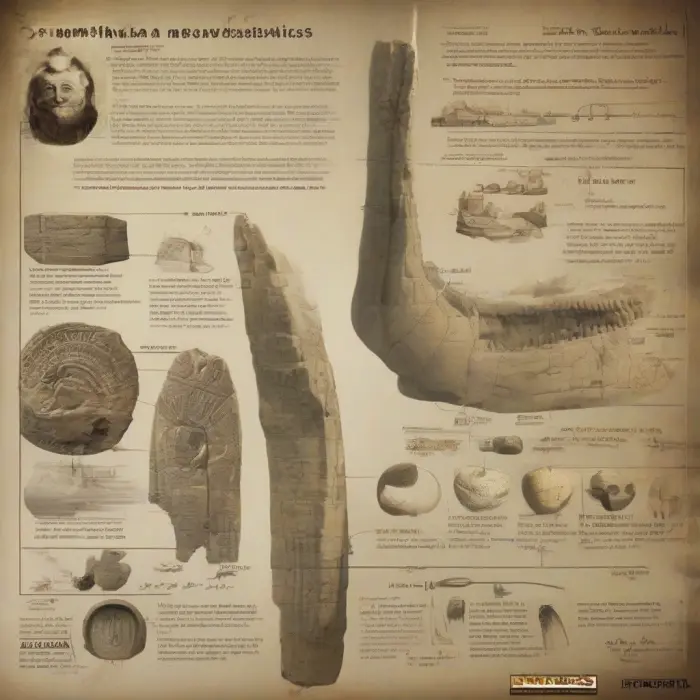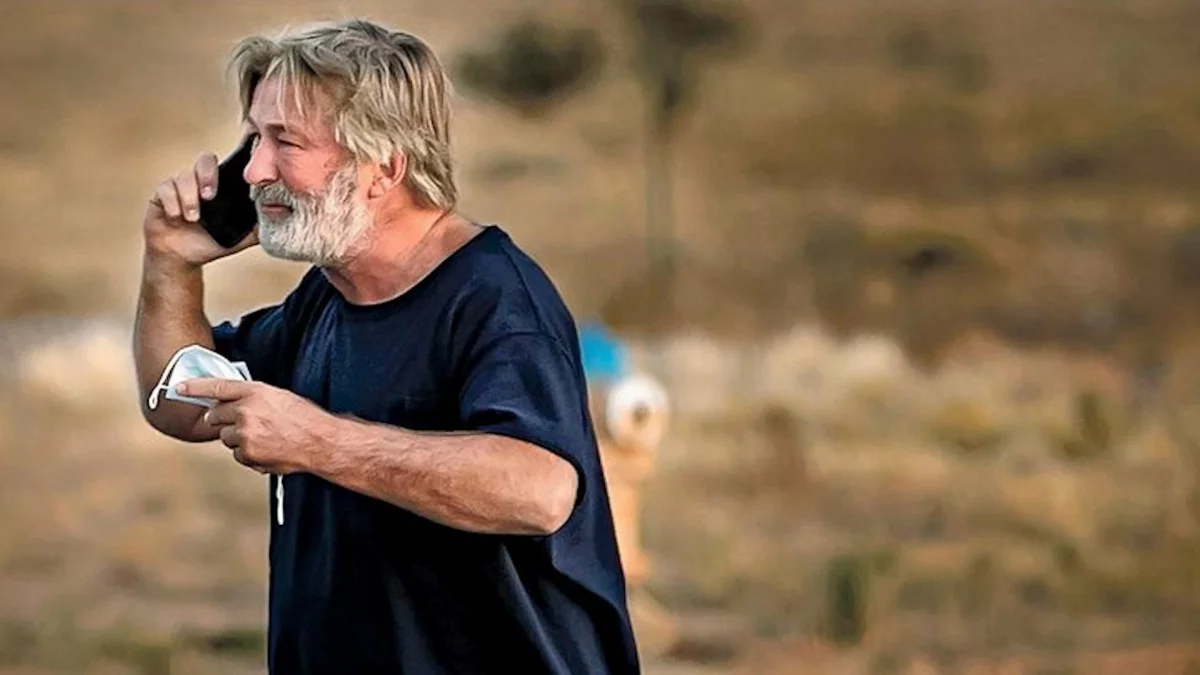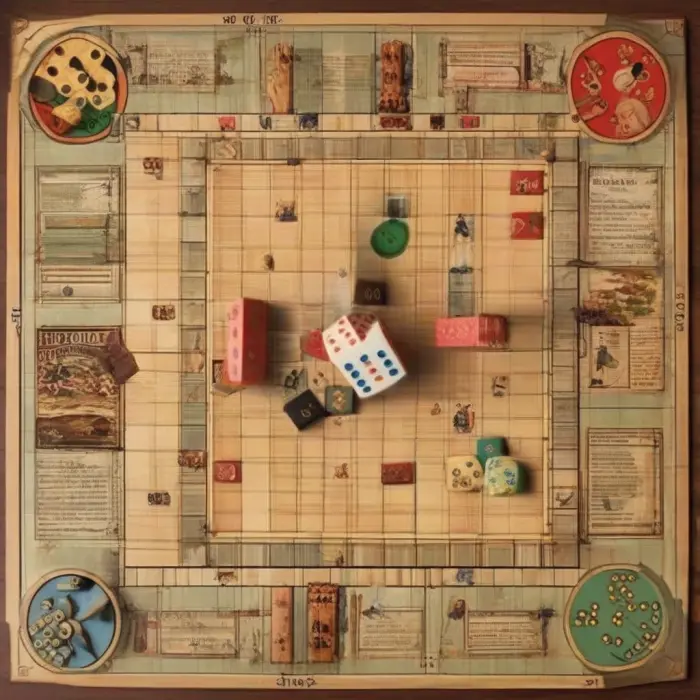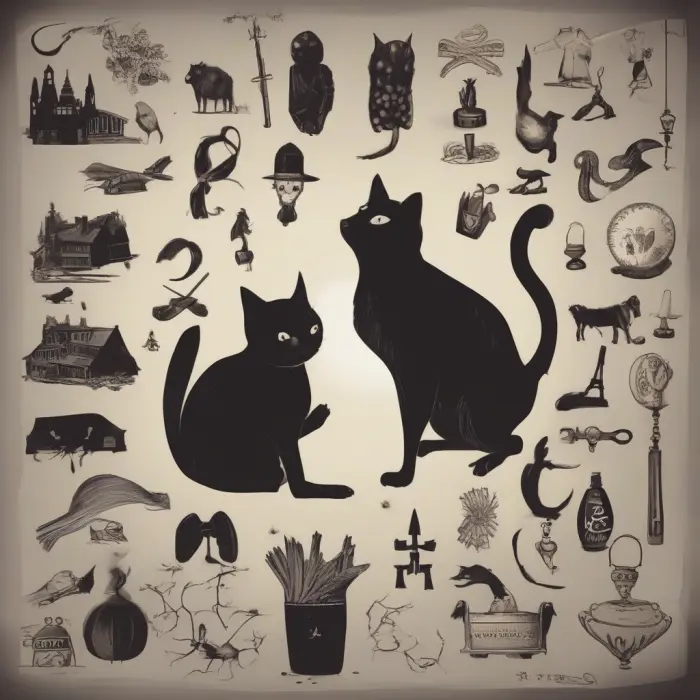The Art of Storytelling in Cinema
Storytelling has been an important part of human civilization since time immemorial. Ever since humans learned to communicate, they have been using stories as a medium to pass along knowledge, traditions, and wisdom to future generations. Over time, the medium of storytelling has evolved and diversified from oral tradition, to written text, to visual mediums such as theater and cinema. This article aims to explore the exquisite art of storytelling in cinema.
A Brief History of Storytelling in Cinema
In the beginning, cinema was purely a visual medium - silent movies that were accompanied by live music and used exaggerated gestures to drive the plot. Since then, cinema has gone through tremendous technological advancements and has become an audio-visual medium with an incredible capacity to tell complex and intricate stories.
Visual Storytelling
Visual storytelling is the bedrock of cinema. It is about using images, graphics, and symbols to communicate a message or tell a story. Filmmakers use visual cues to guide the audience's emotions and pave the way for the narrative. Cinematography, production design, lighting, and colors are some of the elements filmmakers use to craft the visual landscape of a film.
Character Development
Characters are the heart and soul of any cinematic story. Great films are often those with rich, well-developed characters that audiences can relate to and care about. Screenwriters spend a great deal of time crafting their characters, their backstory, and their personal growth within the story.
Plot and Structure
The plot is the actual story that the film is telling, while the structure is how the story is told. A well-crafted plot with a clear structure can engage the audience and keep them on the edge of their seats. Traditional Hollywood films typically follow a three-act structure: the setup, the confrontation, and the resolution. However, many filmmakers choose to experiment with non-linear structures to create a unique cinematic experience.
Dialogue
Dialogue serves multiple purposes in a film. It can reveal essential information about the plot, offer insights into characters, and create tension and conflict within the story. A well-written dialogue can illuminate the characters' desires, fears, and motivations. However, a poorly-written dialogue can seem unnatural and take the viewer out of the story.
The Power of Music and Sound
Music and sound play an essential role in enhancing the storytelling experience in cinema. They can help set the tone of the film, drive the narration, and heighten the audience's emotional response. Sound effects can create a sense of realism, while a well-composed score can underscore the emotions of a particular scene.
The Power of Editing
Editing is often an unsung hero in the filmmaking process. It shapes the pacing, rhythm, and timing of the film. Through juxtaposition, cross-cutting, and parallel editing, filmmakers can create new meanings and add layers of complexity to their narrative.
In conclusion, the art of storytelling in cinema is a complex and multidimensional process. From visual storytelling to character development, plot structure, dialogue, music, sound, and editing - every element can work together to create a compelling cinematic narrative. With ever-evolving technology, the boundaries of cinematic storytelling are continually pushed, opening up new possibilities for filmmakers and audiences alike.










